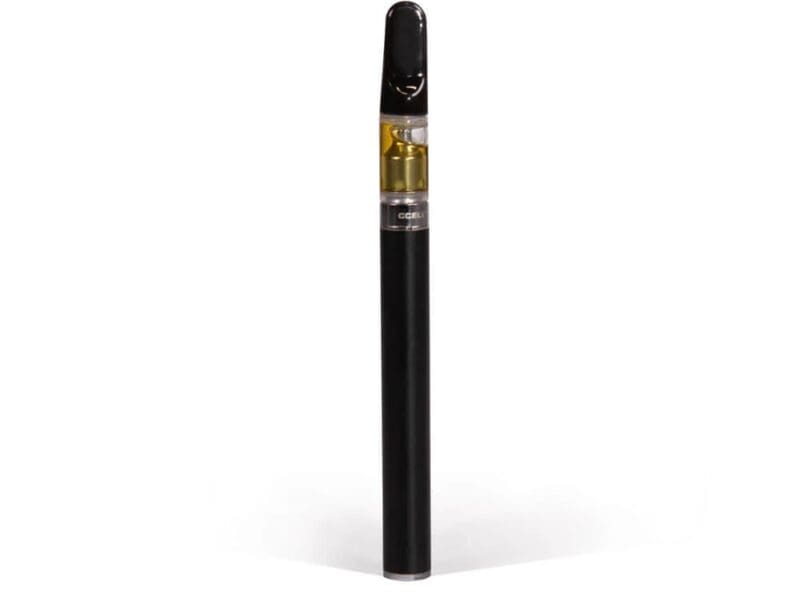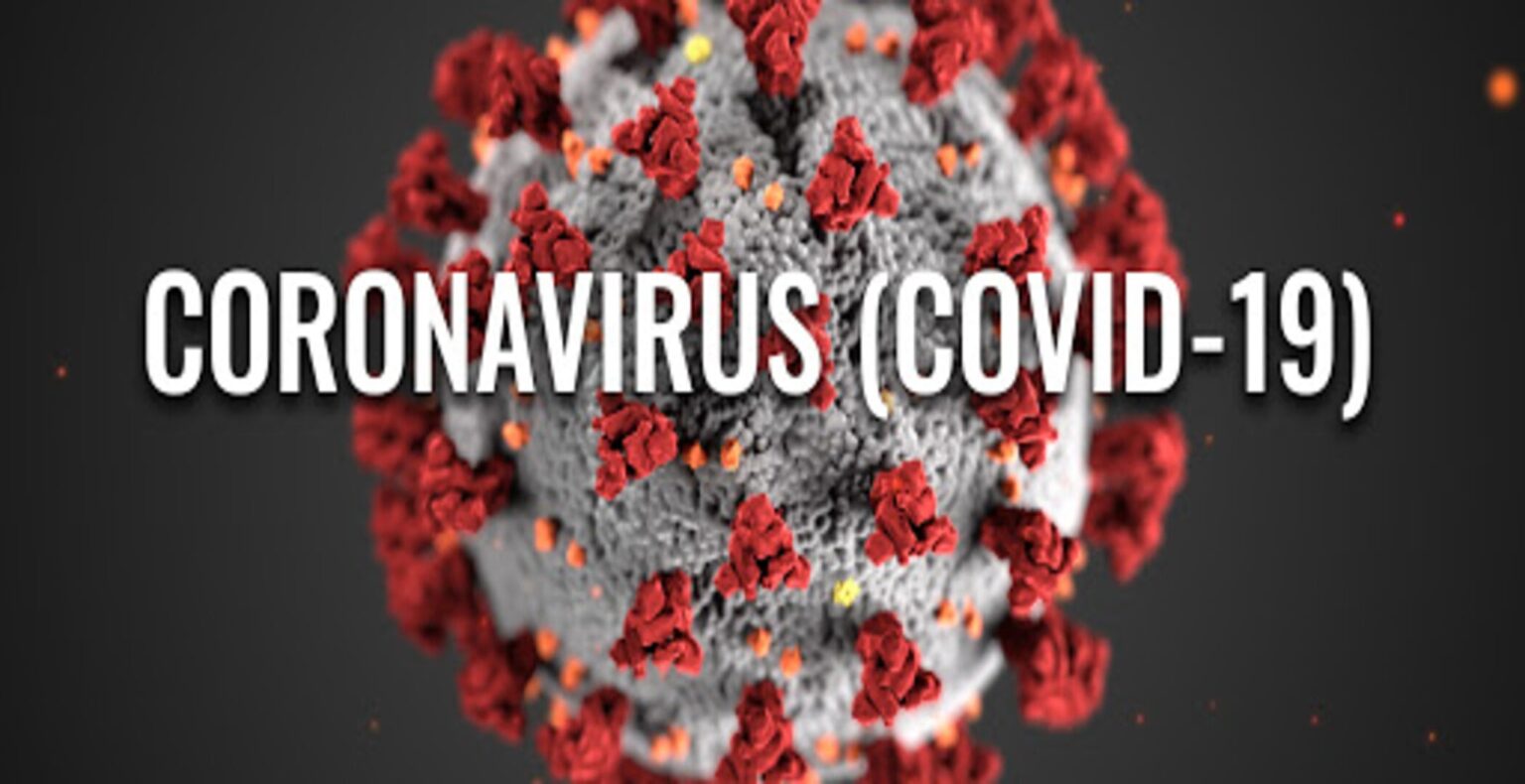
Plasma in COVID-19 survivors’ blood may be the cure we need
This year has been a frequent bearer of bad news as the COVID-19 pandemic continues to spread and take its toll on the susceptible citizens of the world. As the heat of summer drives people to crave outdoor activities, so has it brought a new wave of infections and deaths related to the pandemic.
Even on the most beautiful days, the current outlook on the world can appear very bleak. But keep your head up high, because there may just be a new beacon of hope on the horizon.
New talks of a potential COVID-19 treatment has gained incredible attention over the past few weeks. When we say the world “plasma,” your mind may drift off into the reaches of science fiction – but its plasma in the blood of COVID-19 survivors that may just hold the cure we need.
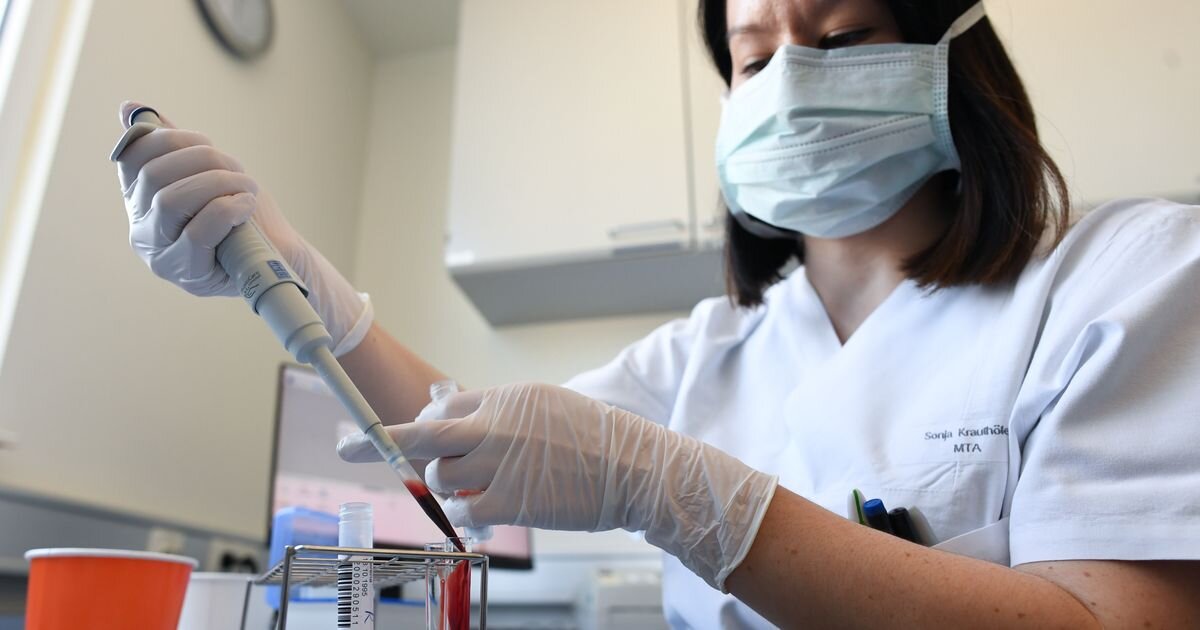
Plasma and disease: One for the century
Attempting to heal patients by using plasma – a treatment known as convalescent plasma – has been around longer than you may realize. The idea is nothing quite new, but it’s still regarded as an innovative approach that draws both praise and scrutiny for its reported success.
In fact, convalescent plasma has been around for nearly one hundred years, and has helped medical professionals tackle various diseases and outbreaks from measles to Ebola.

What is convalescent plasma?
When “whole blood” is drawn from a person, plasma is the clear liquid that would remain if all the blood cells were removed. The process of collecting plasma is very similar to donating blood – only it takes a more considerable amount of time.
It begins with a needle in a vein extracting blood over multiple cycles. Each time blood is drawn, the plasma is separated from the whole blood containing blood cells and other various components. All of these extra parts are returned to your body after the plasma is removed.
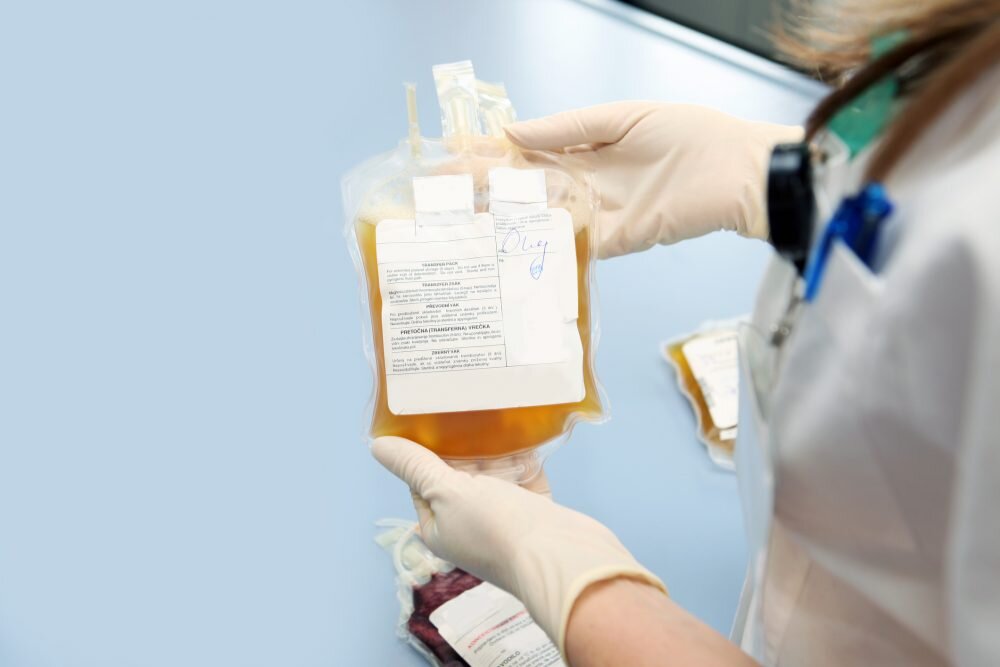
So how can this plasma help patients with COVID-19?
The idea is simple: people who contract and recover from an illness have built up a level of immunity in their bodies. Specifically, this is a result of the development of disease-fighting antibodies within their blood, and – you guessed it – their plasma.

Plasma and COVID-19: The study
This past week a study was conducted by the Mayo Clinic involving over 20,000 participants and 2,000 collaborating institutions. They worked to analyze and record samples of both collected and administered plasma.
Although there are notable difficulties in successfully conducting nation-wide studies in a global pandemic, initial published data from the Mayo Clinic was a step in the right direction. The data published noted a slight decrease of around 3% in mortality rates after the first round of plasma was administered to trial patients.

However, it also noted other variables such as first responders treating patients faster and more effectively may have contributed to the survival success of patients.
Despite the findings that “serious adverse events occurred in less than 1 percent of patients” and the FDA still hasn’t approved the treatments as safe, hundreds of thousands have already signed up to do their part by donating.

Plasma for COVID-19: Hopeful optimism
While these studies are still early and widely varied, they still draw scrutiny from the medical community.
In the past, convalescent plasma treatments haven’t been the most conclusive – various trials have drawn positive, mixed, or no results based on factors like the size of test groups, how early in the illness plasma is administered, and improper comparisons between groups that did or didn’t receive the treatment.
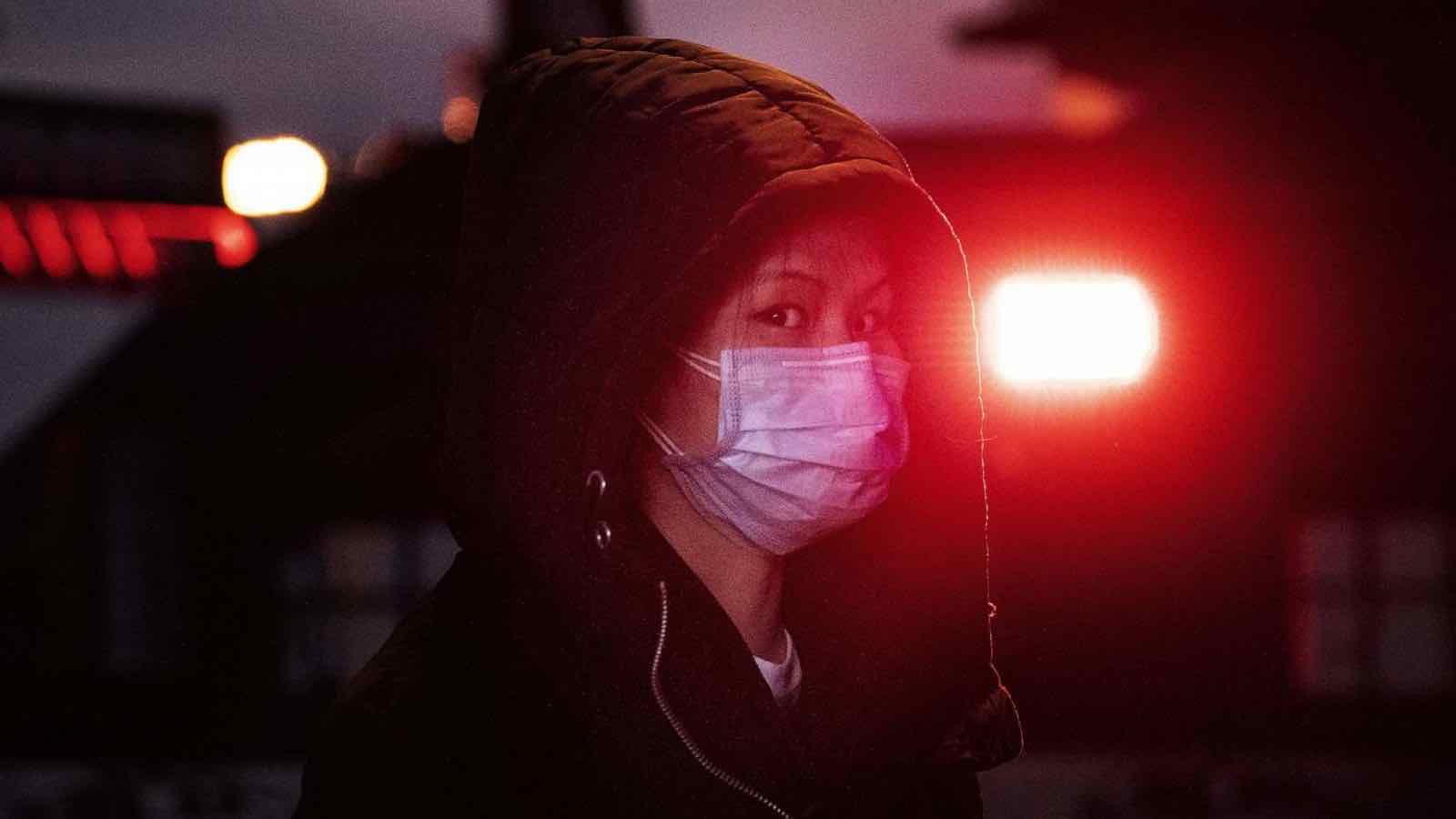
Many researchers speculate that the treatment may become most effective when they strike a balance with the quantity of plasma that is available for donation and administering it to infected patients as early as possible.
Michael Joyner, the anesthesiologist who led the study at the Mayo Clinic confidently expressed “this [treatment] is safe, inexpensive, and the mortality rates in sick patients are quite low.” This sounds better than a drug with a laundry list of side effects.
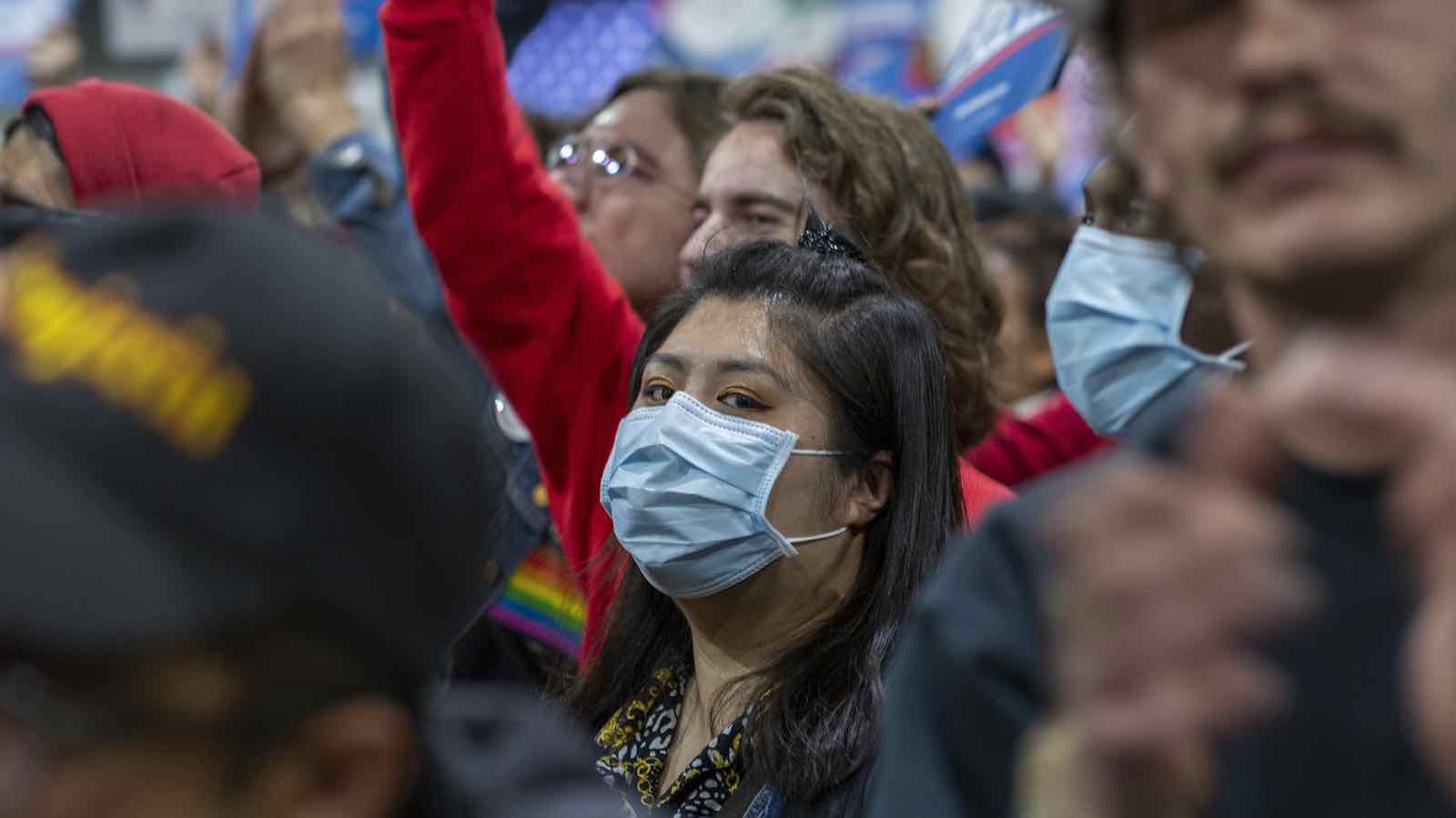
COVID-19: The cure is in the blood (maybe)
It appears that for the time being, there may be an effective – if still early – prevention for COVID-19. But convalescent plasma still doesn’t quite have the overlying support it needs to become the next in a line of hopeful cures.
Still, clinics across the country – from colleges to the Red Cross – have been quick to call for donations from people who have fully recovered from COVID-19, and are trying to stockpile as much as possible to stay ahead of the curve.
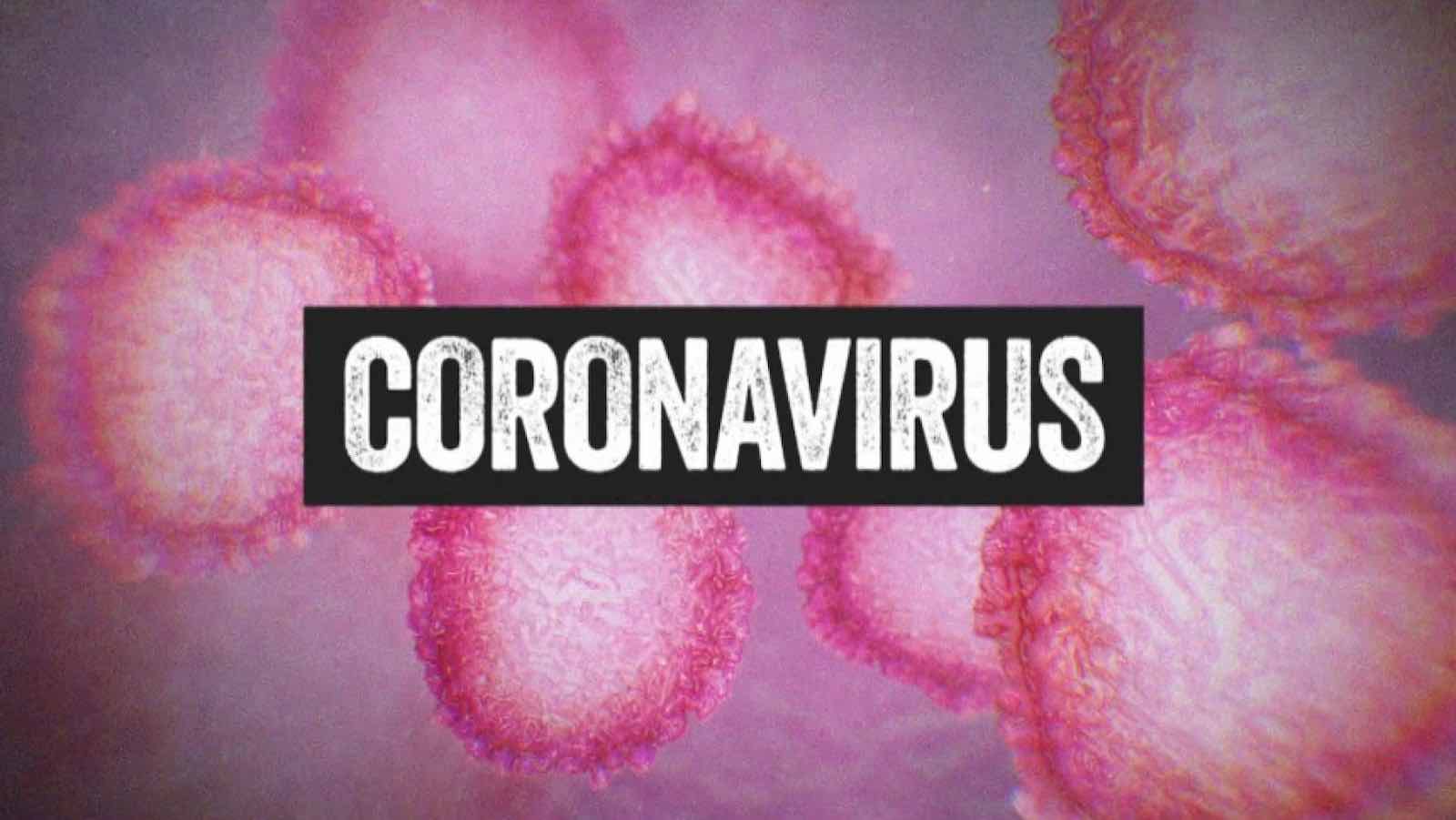
Even Tom Hanks & Rita Wilson are getting in on the action as two of the first major celebrities to report both contracting and recovering from COVID-19. Hanks & Wilson reportedly donated plasma to UCLA to help other infected patients, comparing the process to be as “easy as taking a nap” – but probably a bit better for the world.
Undoubtedly there is still a degree of hopeful optimism regarding plasma treatments that still have no official approval or guidelines. But with the bleak summer COVID-19 spikes dominating headlines, we’ll gladly take a leap over nothing at all.





